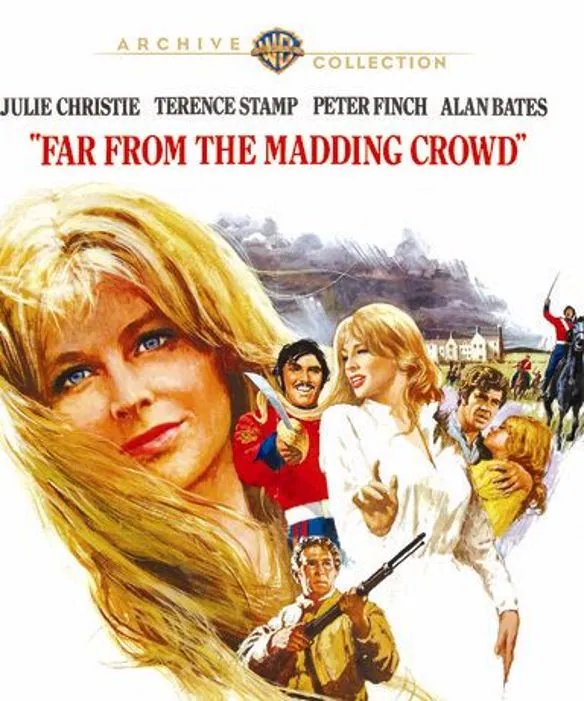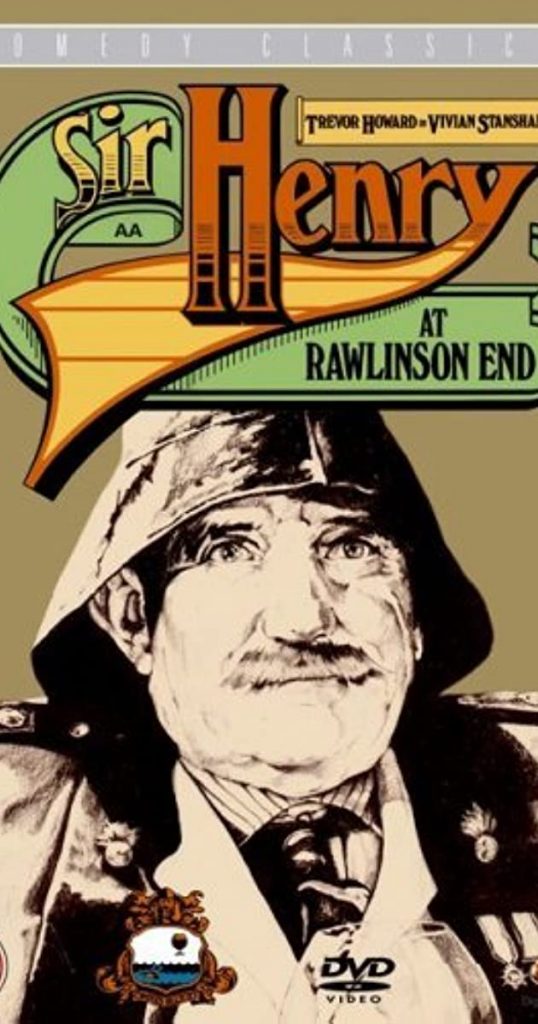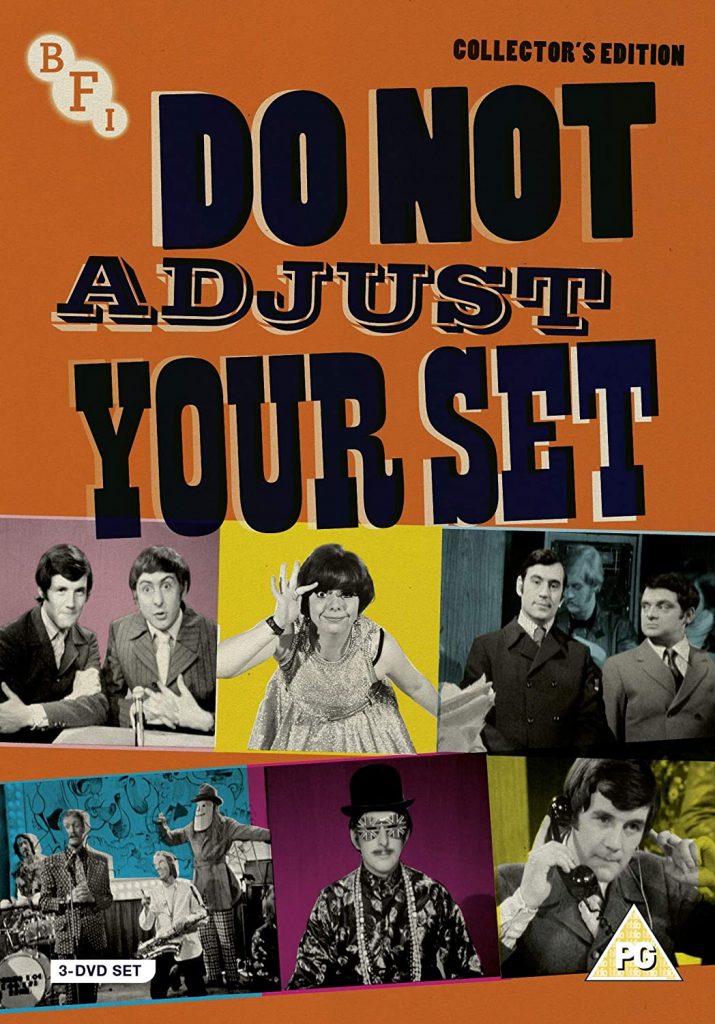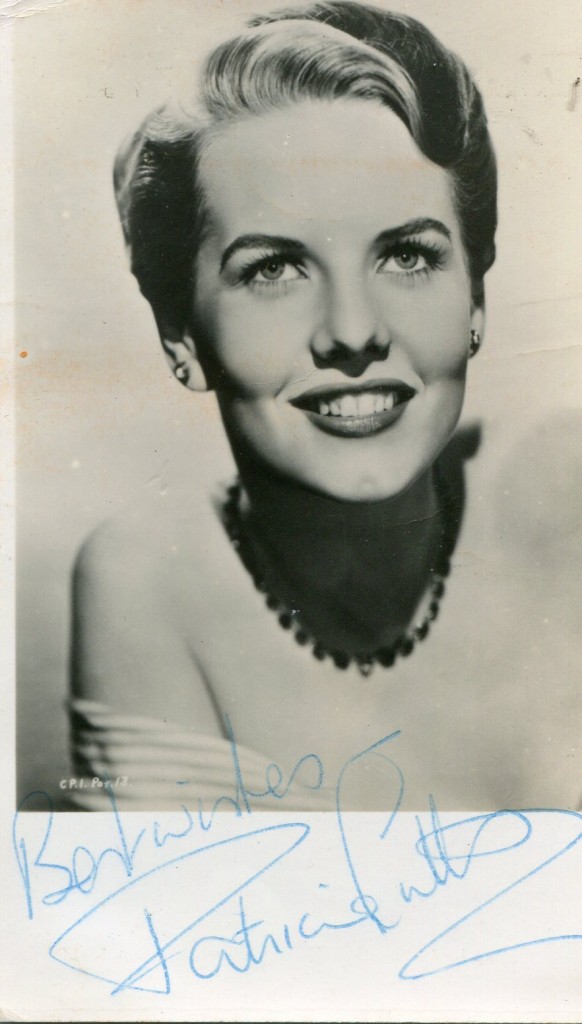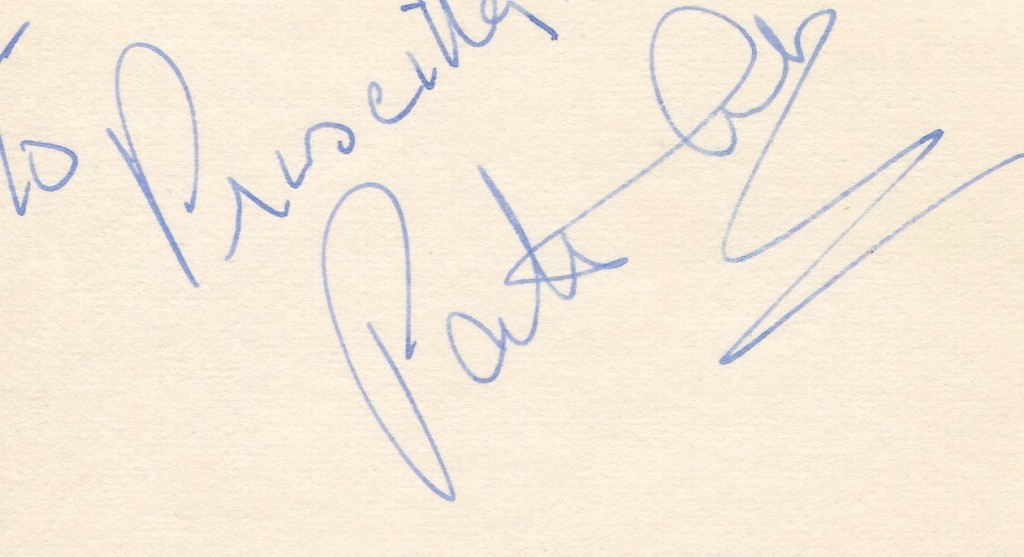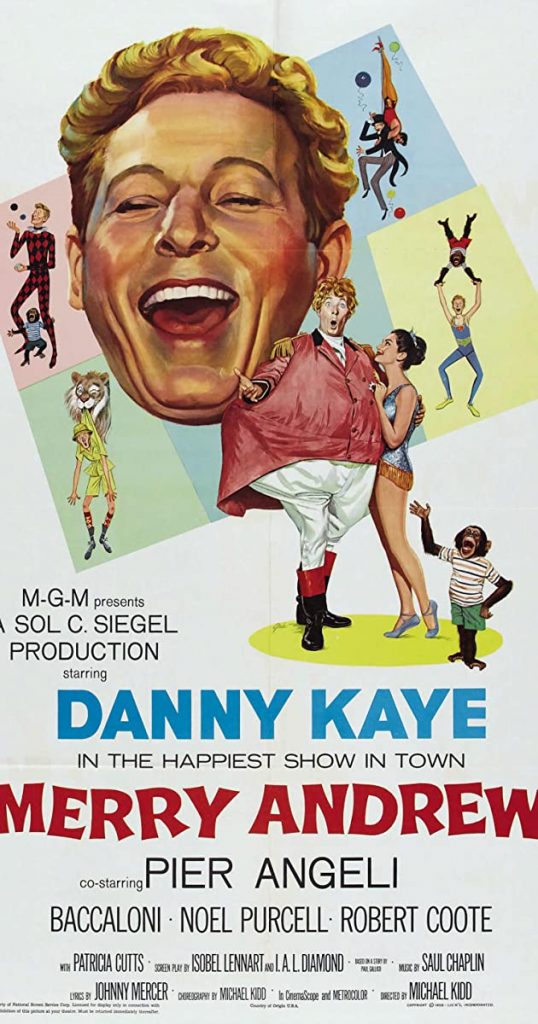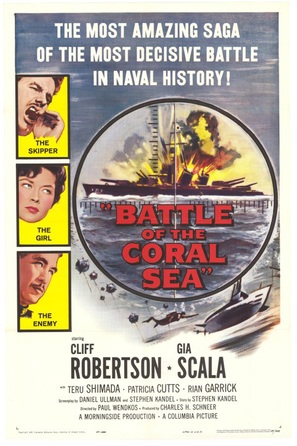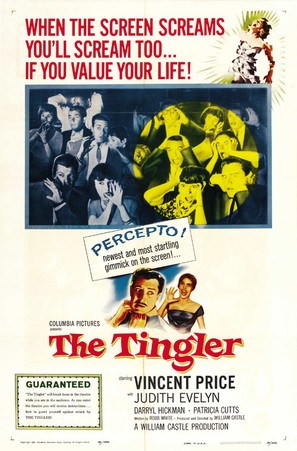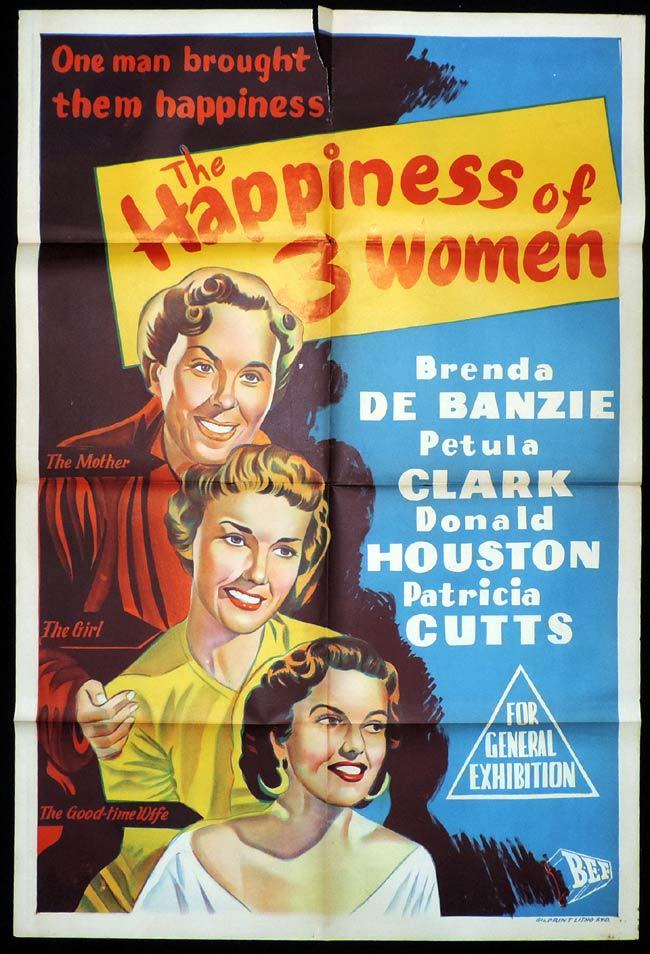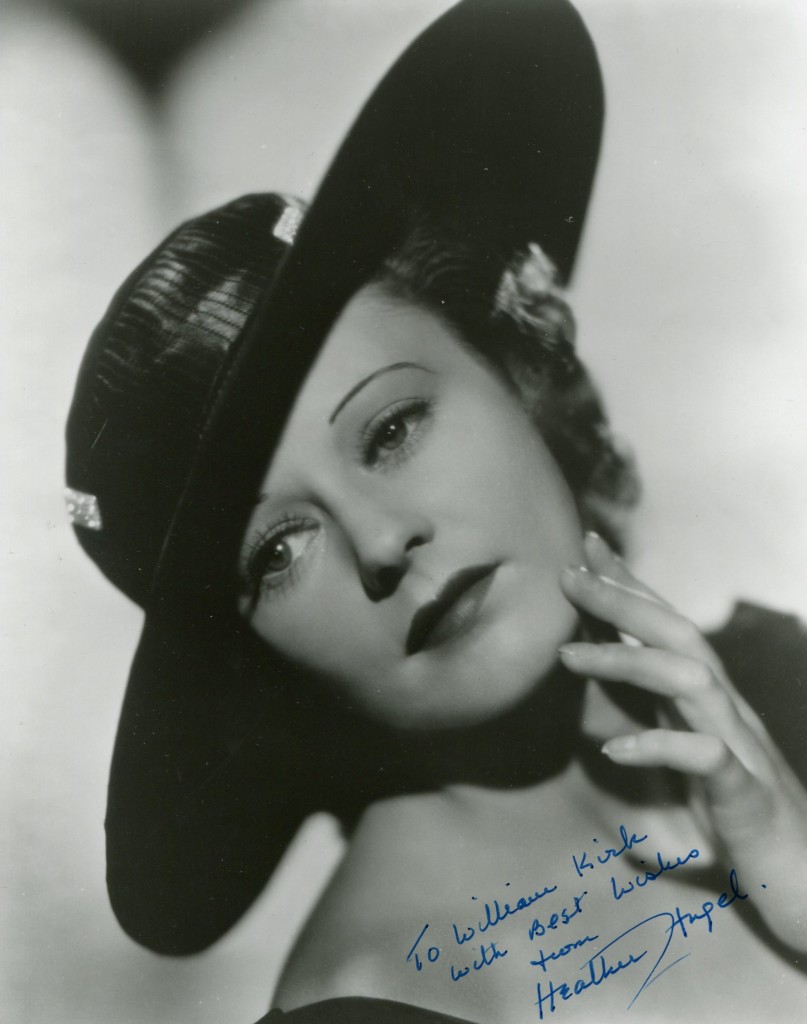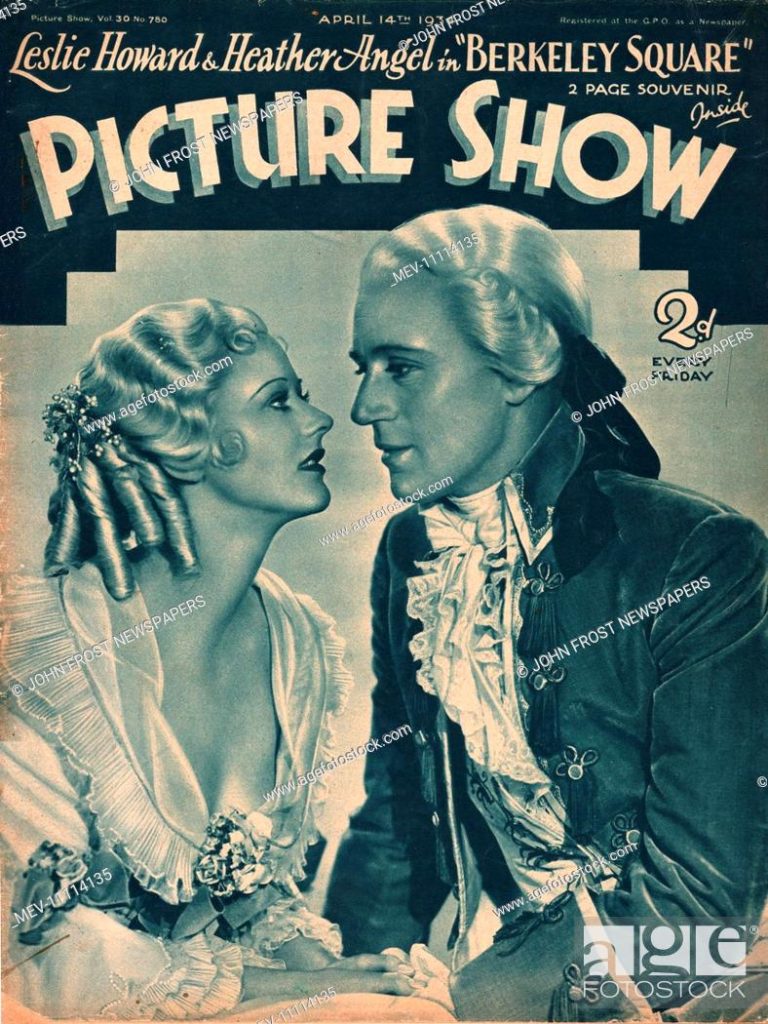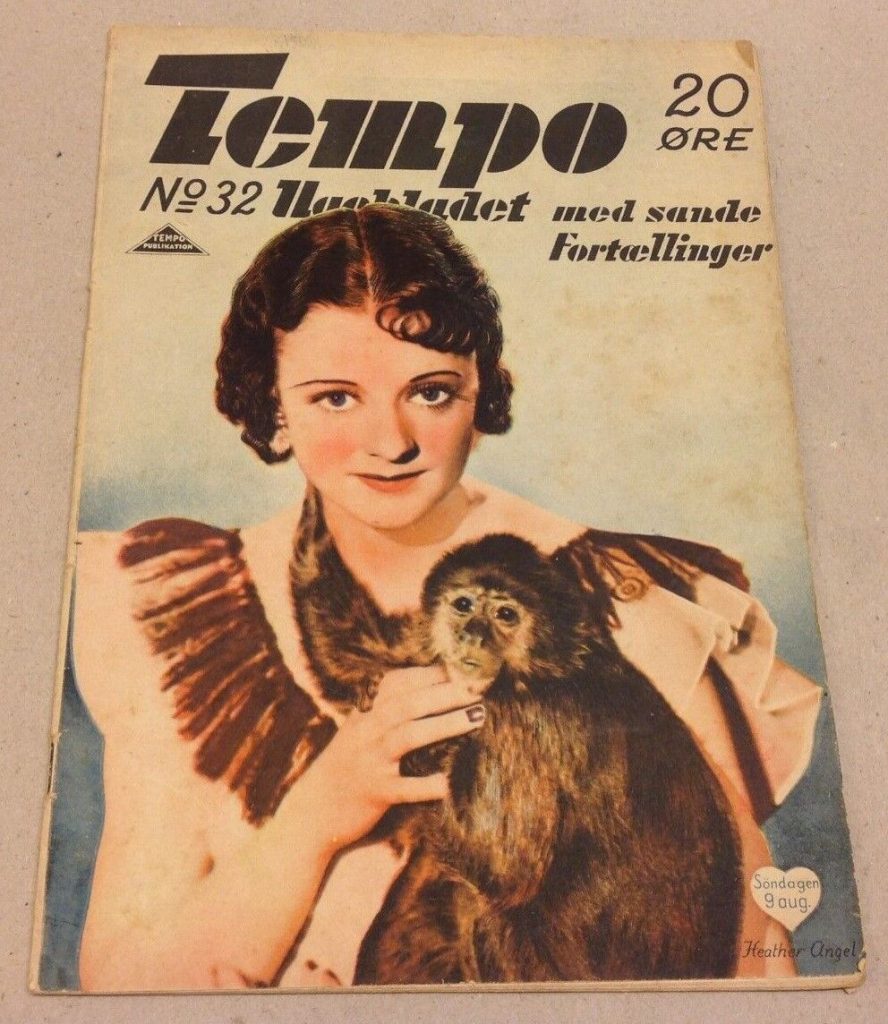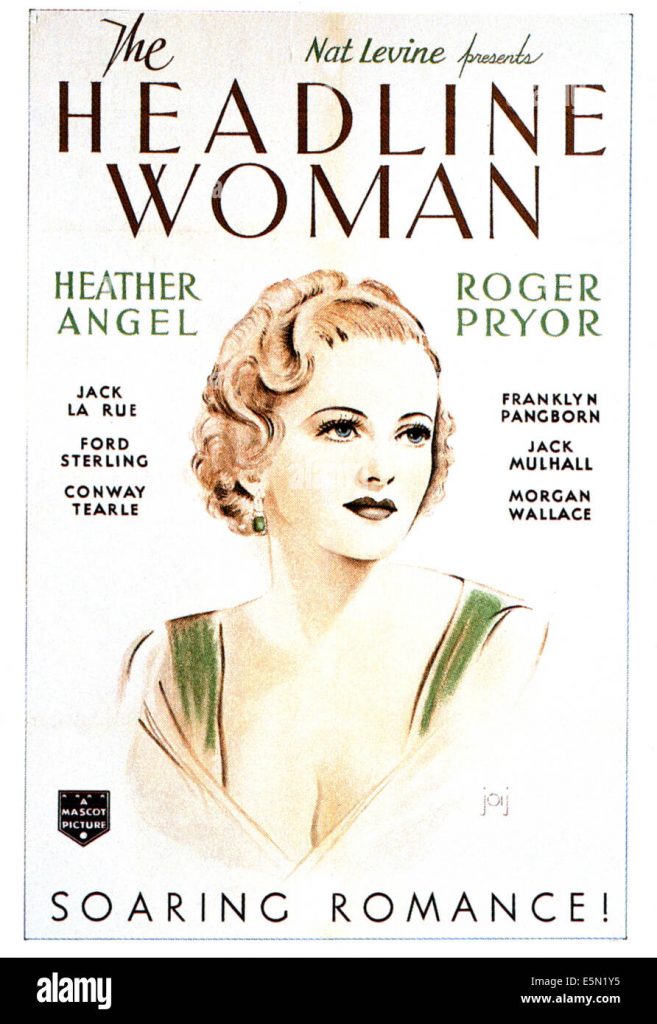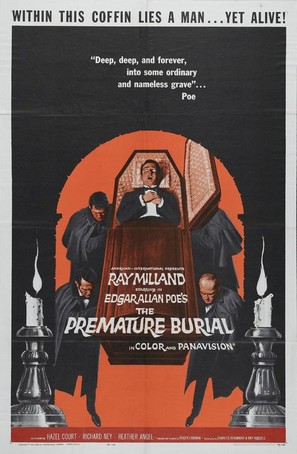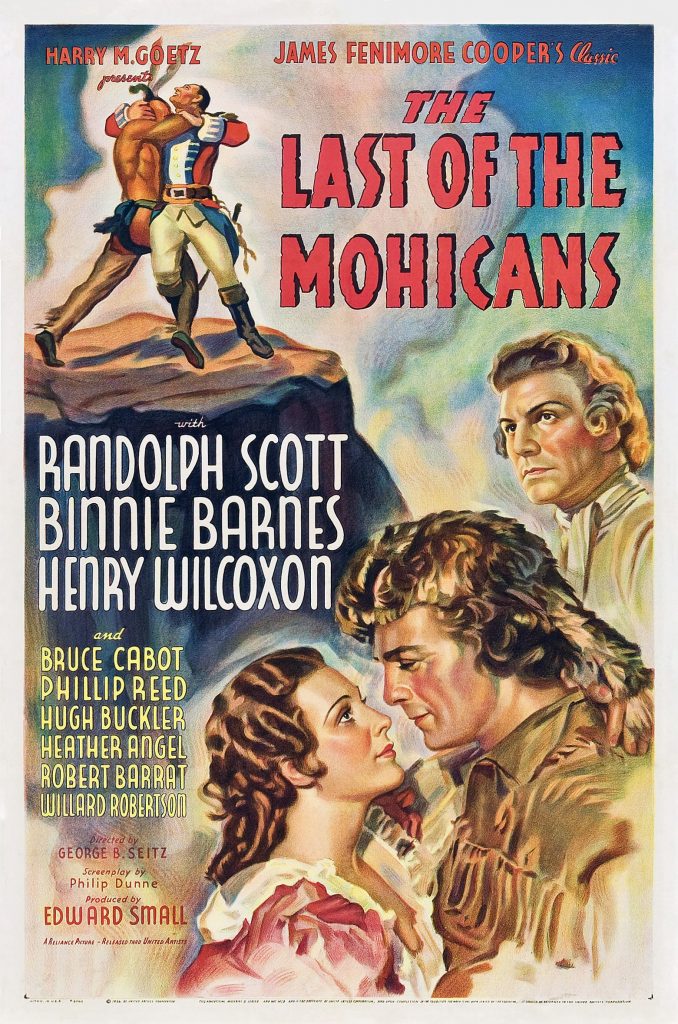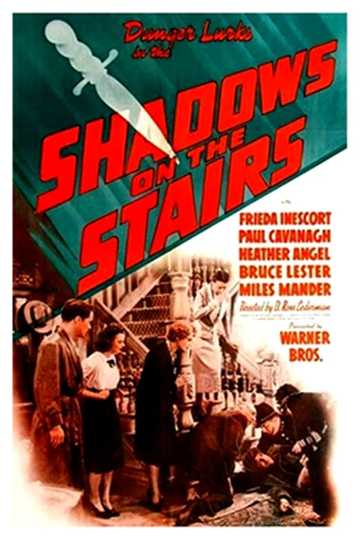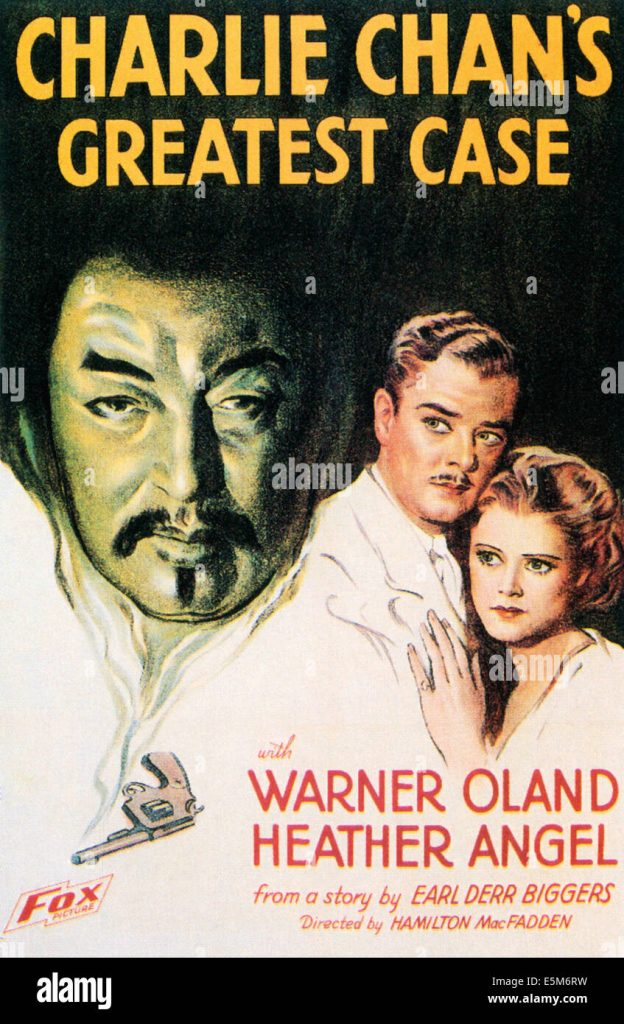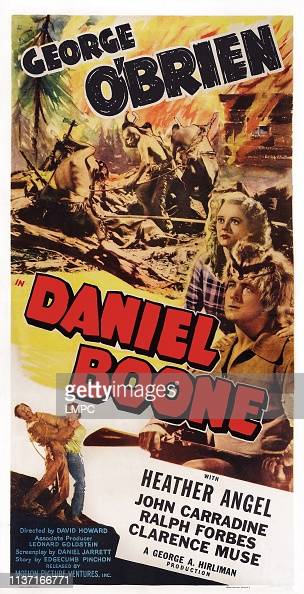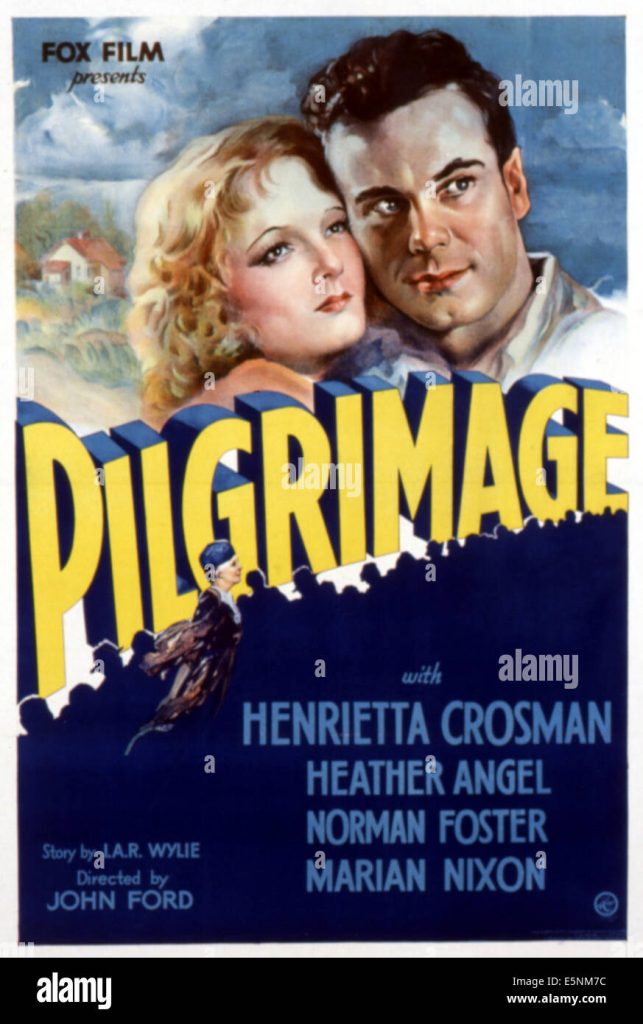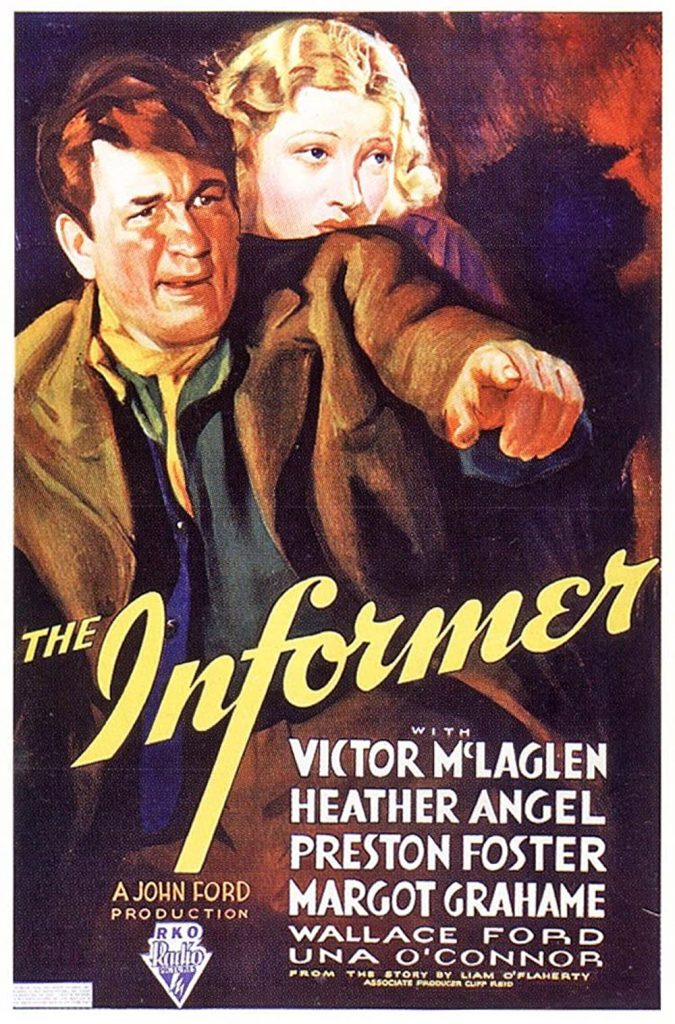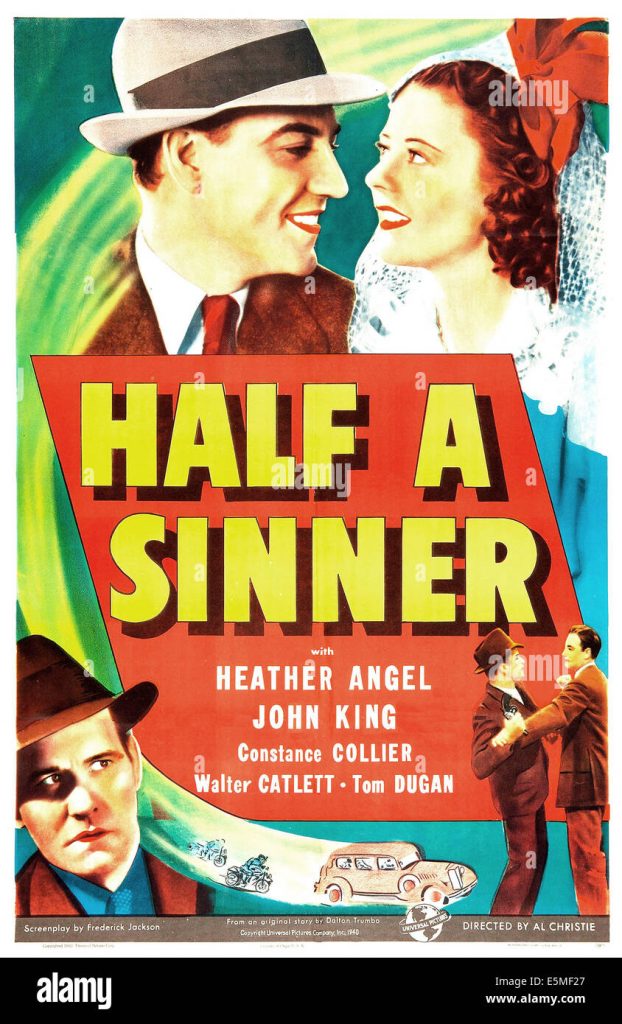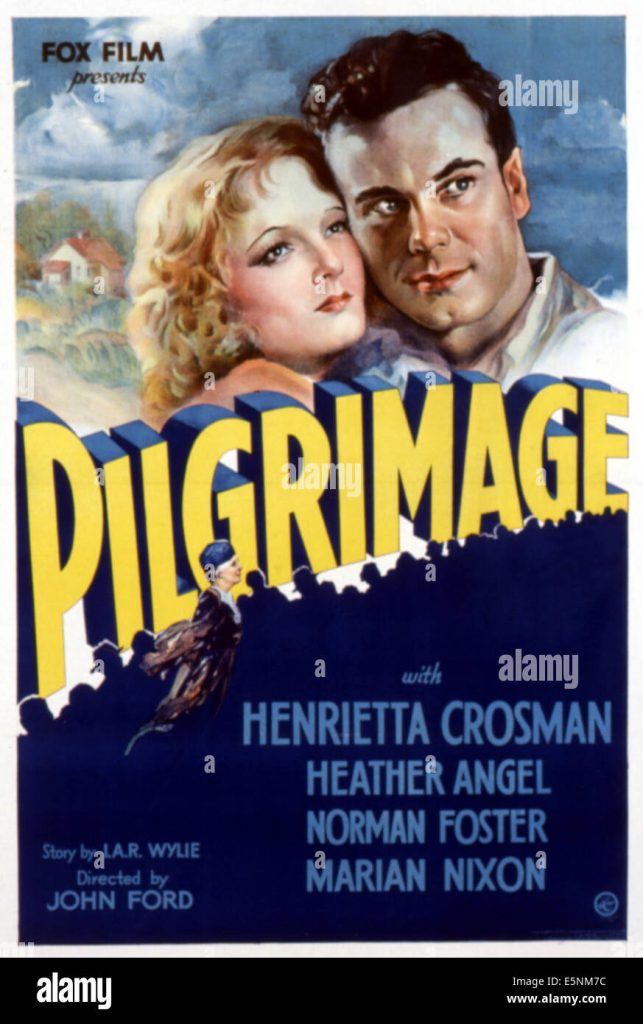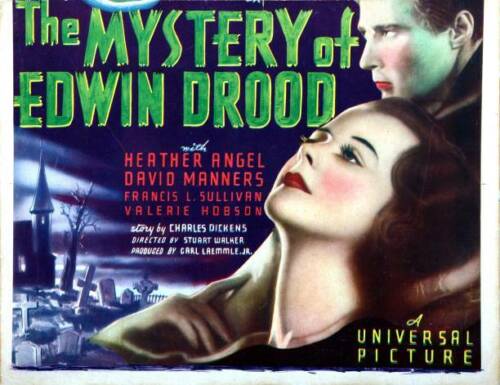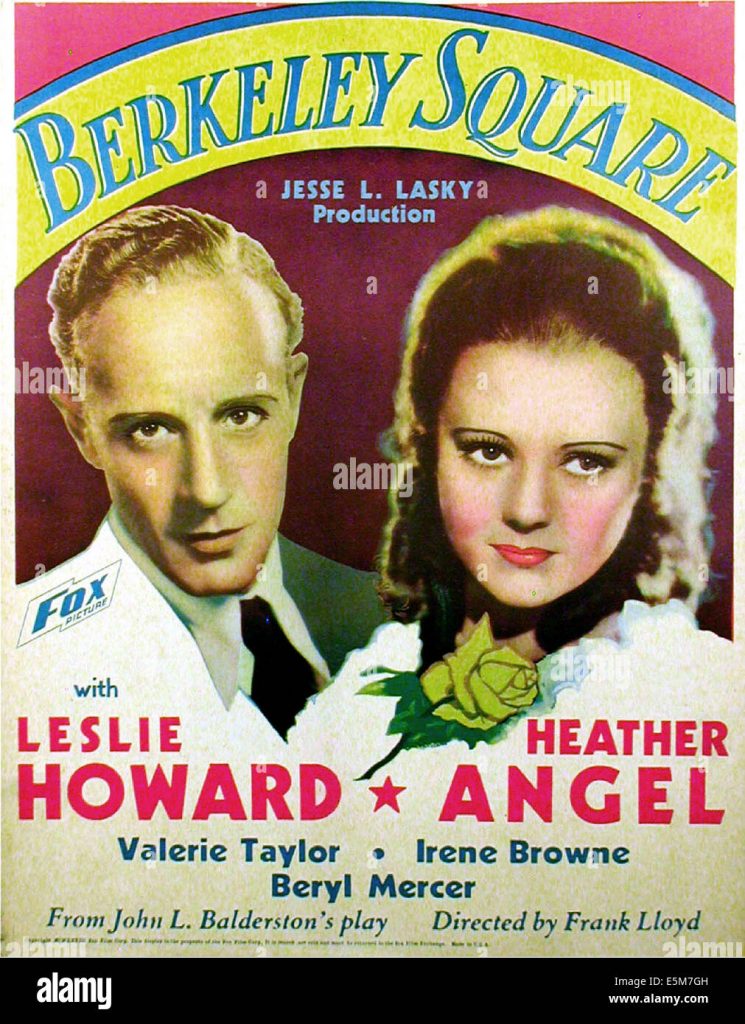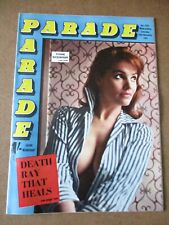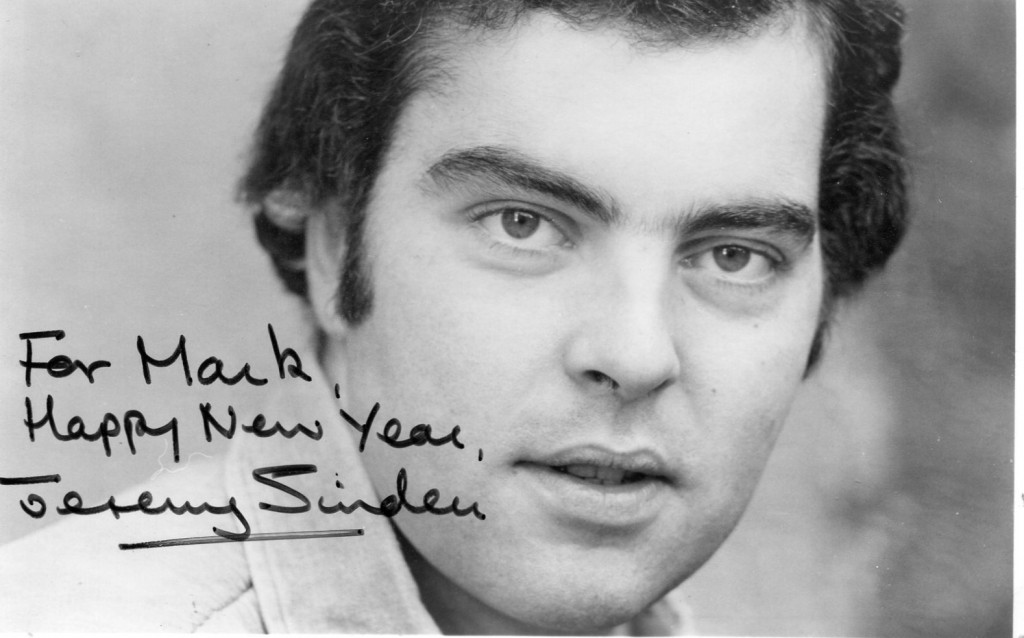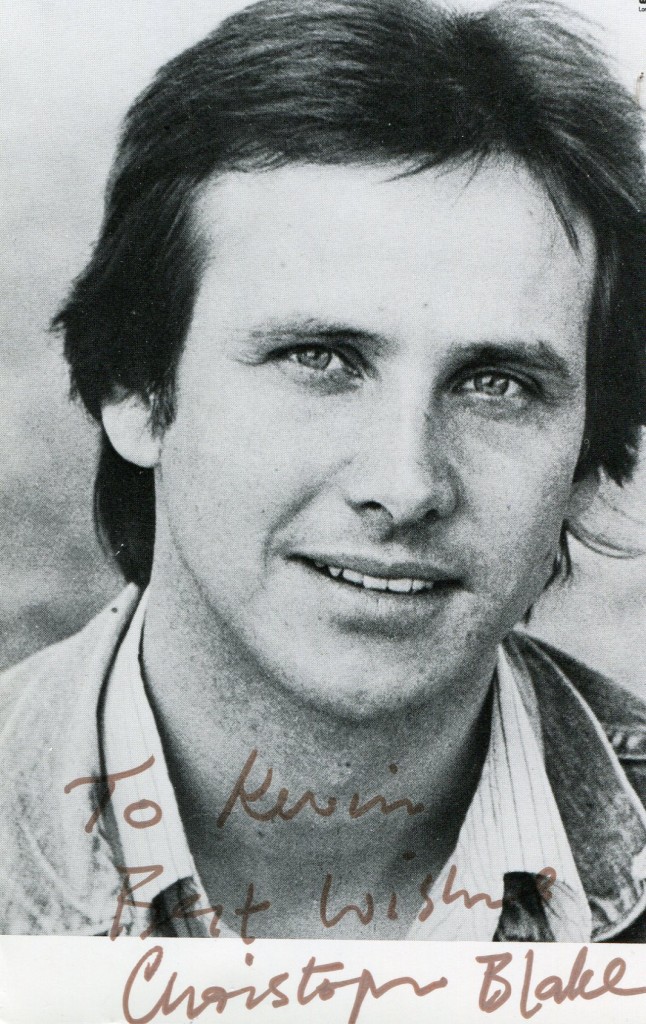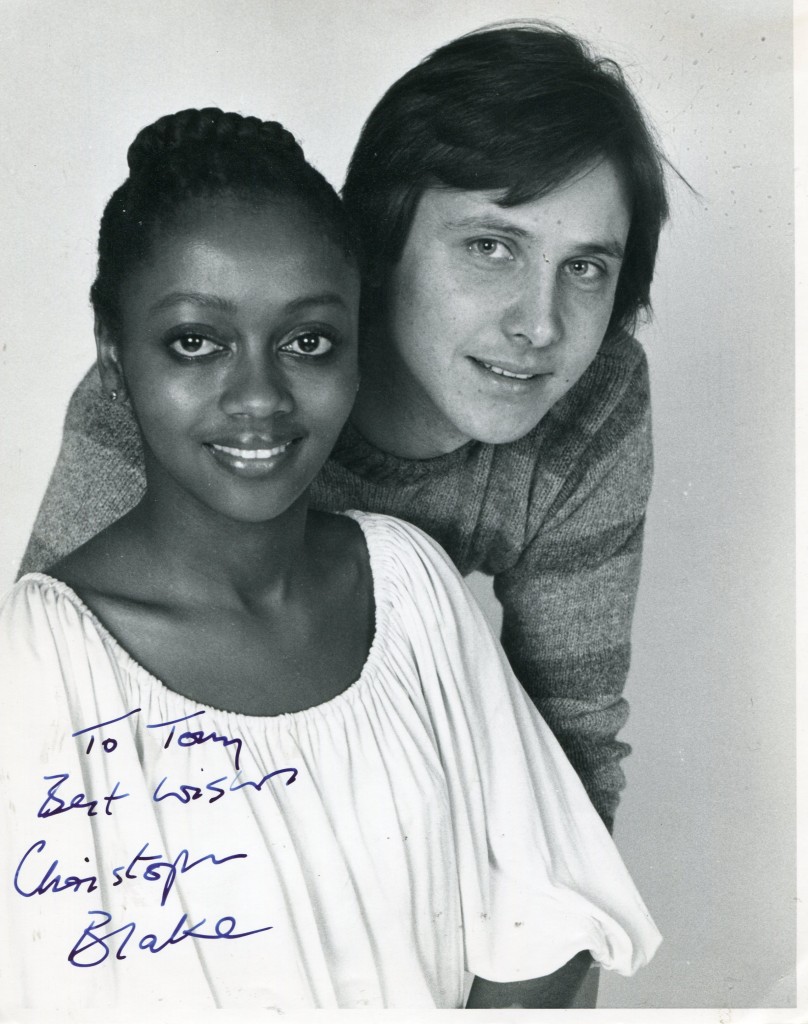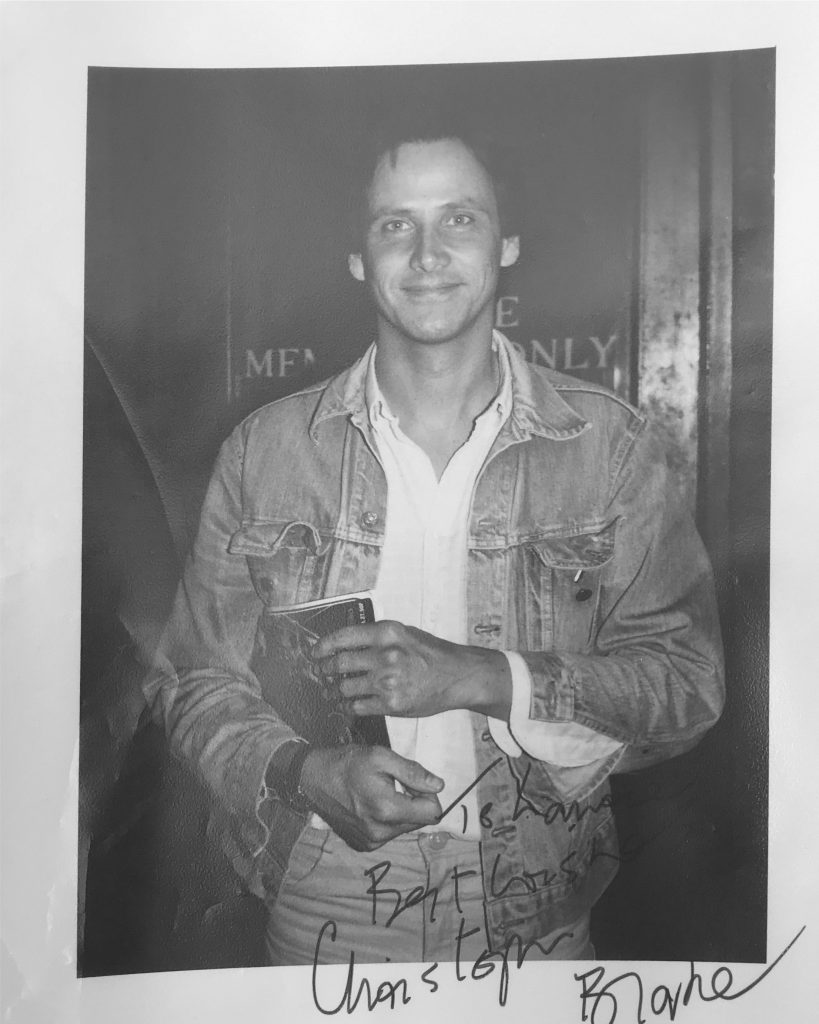

Elizabeth Sellars was born in 1923 in Glasgow. Her film debut was in “Floodtide” in 1949. Her other films include “Madeleine”, “Cloudburst”, “The Gentle Gunman”, “Hunted” and “The Barefoot Contessa”. In 1954 she went to Hollywood to make “Desiree” with Marlon Brando and Jean Simmons and “Prince of Players” with Richard Burton. In “The Chalk Garden” she starred with Hayley Mills and Deborah Kerr and in 1973 was in “The Hireling” with Sarah Miles and Robert Shaw.
Elizabeth Sellars obituary in “The Guardian” in Jan 2020.
The actor Elizabeth Sellars, who has died aged 98, had a fulfilling career on television and on stage, and took leading roles in low-budget British thrillers, as well as supporting roles to bigger stars in bigger pictures, in the 1950s and 60s.
She emerged at a rich time for British television drama, often appearing on the BBC’s Sunday Night Theatre (1951-59) and ITV’s Play of the Week (1959-67). In the theatre, she had long runs in West End productions, and was one of the stars at Stratford-upon-Avon during Peter Hall’s first season as artistic director of the newly formed Royal Shakespeare Theatre in 1960-61.















Sellars, who was born in Glasgow, the daughter of Jean (nee Sutherland) and Stephen Sellars, was educated at Queenswood school in Hatfield, Hertfordshire, and was classically trained as an actor at Rada in London, graduating in 1940. During the second world war she joined Ensa, the troops’ entertainment unit.
She made her London stage debut in 1946 in The Brothers Karamazov at the Lyric, Hammersmith, directed by Peter Brook and featuring Alec Guinness as Mitya. Sellars then joined the second season of the Bristol Old Vic (1947-48) before embarking on a film career. Floodtide (1949), an uplifting drama set in the Clyde shipyards, had Gordon Jackson leading an all-Scottish cast, among them Sellars in her screen debut, who reverted to the brogue that had been ironed out by Rada.
In David Lean’s Madeleine (1950), set in Glasgow, Sellars played the sassy Scots maid and confidante of flighty Ann Todd in the title role. Sellars then starred in several quota quickies (usually shown on the lower half of a double-feature bill), most of them crime melodramas in which she was involved in a murder in some way.
Slightly more prestigious was her short appearance as the adulterous wife of Dirk Bogarde while he is on the run for murder in Charles Crichton’s Hunted (1952). She was with Bogarde again in the well-meaning The Gentle Gunman (1952). In it, Bogarde and John Mills played unlikely Irish brothers, both members of the IRA, both in love with a fellow member, Sellars, all three with wonky Irish accents. However, Sellars gave a passionate performance as a determined woman of whom it is said: “If she ever had a child it’d be born in uniform with a tommy gun for a rattler.”



There followed supporting roles in three glamorous Hollywood movies, a world away from the gloomy monochrome British films with which Sellars had become associated. The screenwriter and director Joseph Mankiewicz’s The Barefoot Contessa (1954), shot in Italy, cast Sellars as the warm and witty girlfriend of a has-been screenwriter and director (Humphrey Bogart), who gains the trust of his new star discovery (Ava Gardner). To a drunken woman who says of the Gardner character, “She hasn’t even got what I’ve got”, Sellars retorts: “What she’s got you couldn’t spell – and what you’ve got, you used to have.”
In 20th Century Fox period movies in CinemaScope, Sellars was ornamental as sister-in-law to Napoleon (Marlon Brando) in Désirée (1954) and as the sister of the American tragedian Edwin Booth (Richard Burton) in Prince of Players (1955).
Back from California, Sellars appeared as the official wife of the lovable bigamist (Nigel Patrick) in a transfer of the Broadway hit The Remarkable Mr Pennypacker (1955) to the New theatre, London. More significantly, she had the lead in the first British production of Robert Anderson’s Tea and Sympathy, four years after the 1953 Broadway opening. Sellars played Laura Reynolds, the sympathetic and tea-dispensing wife of a sports master at a private school who gives herself to a sensitive student to prove that he is not homosexual. “Years from now, when you speak of this – and you will – be kind,” she tells him. Because the Lord Chamberlain felt that the subject matter of the play was unseemly, he refused to allow a public performance, which meant that the Comedy theatre had to reinvent itself for the occasion as a club.
On television, Sellars had the chance to impress in substantial roles denied her on the big screen, in plays including The Browning Version, Dial M For Murder and The Philadelphia Story. In the cinema, Sellars was seen as an Irish widow helping an IRA gang and providing sexual tension between two of its members (Aldo Ray and Kieron Moore) in The Day They Robbed the Bank of England (1960), and was the faithful stay-at-home wife of a meek salesman (Richard Todd) in the thriller Never Let Go (1960), trying to dissuade him from seeking his stolen car.
Sellars was almost lost in the yawning epic 55 Days at Peking (1963), in which she portrayed the wife of the British consul (David Niven). In The Chalk Garden (1964), she had the small but crucial role as Olivia, estranged loveless daughter of Mrs St Maugham (Edith Evans) and mother to a teenage daughter (Hayley Mills), the child she gave up when she remarried and whom she now wants back. But, as she says, “To have a child doesn’t always make a mother.”
Sellars’s forte was a certain neuroticism which she displayed to effect in The Italian Girl (1968), the stage adaptation of the Iris Murdoch novel, which ran for 315 performances at Wyndham’s theatre in 1968, with Richard Pasco and Timothy West.
Sellars signed off her film career as the cold, self-absorbed, aristocratic mother of emotionally disturbed Lady Franklin (Sarah Miles) in The Hireling (1973).
On television, she was the placid, supportive, note-taking mother of John Mortimer (played by Alan Bates) and wife of his maddening father Clifford (played by Laurence Olivier) in A Voyage Round My Father (1982).
Sellars, who was married to the surgeon Francis Henley from 1960 until his death in 2009, is survived by a stepson, Raymond.
• Elizabeth McDonald Sellars, actor, born 6 May 1921; died 30 December 2019Topics


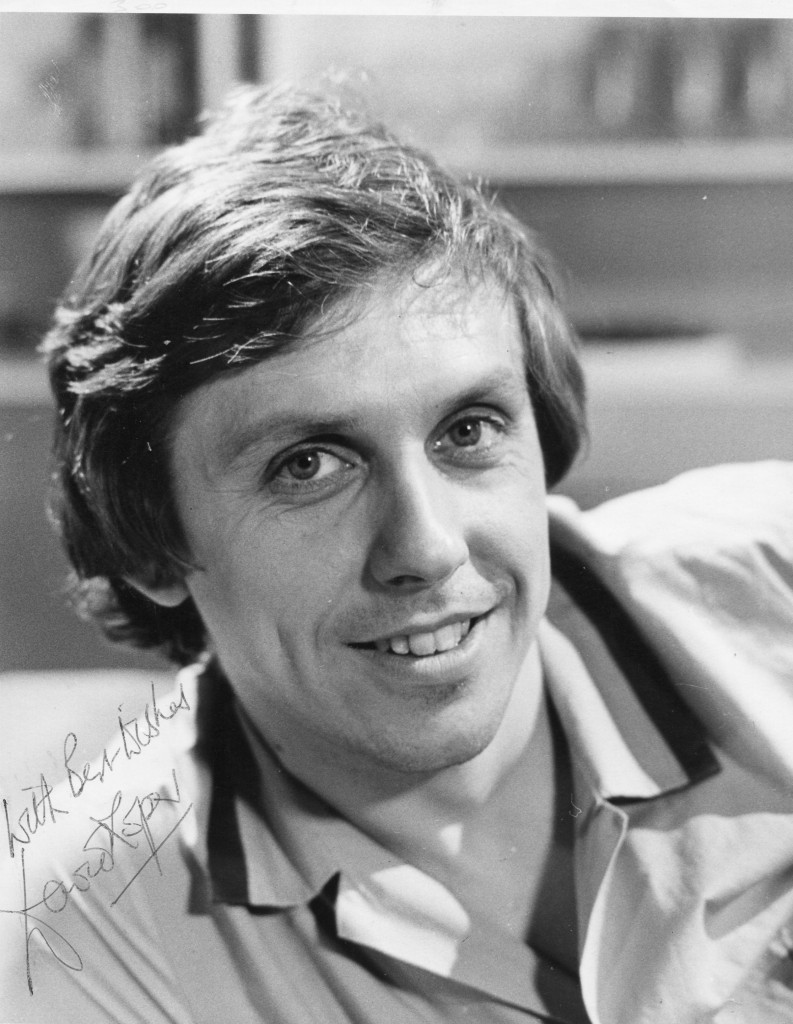
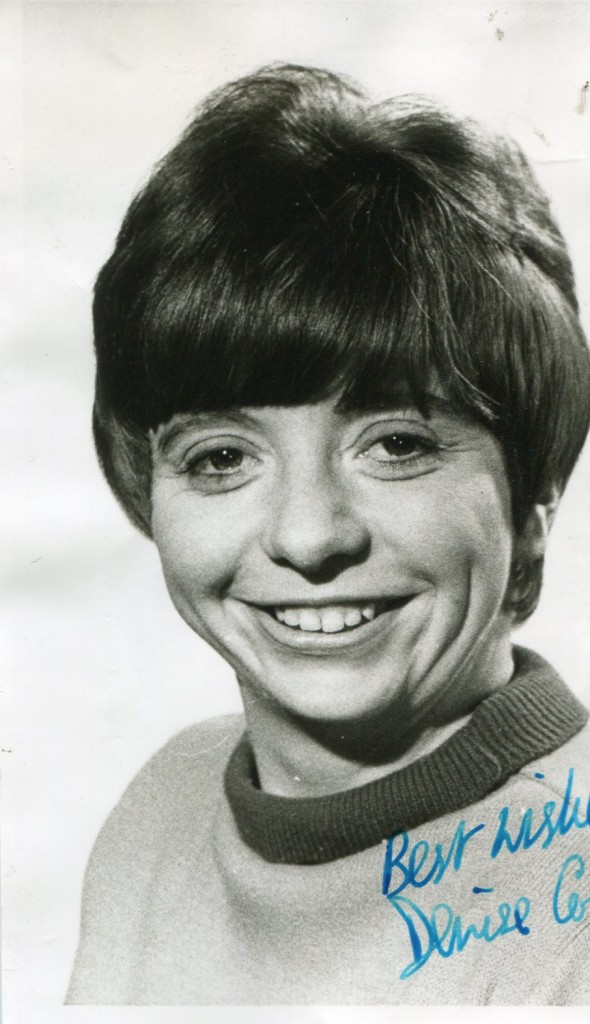
:quality(70)/cloudfront-eu-central-1.images.arcpublishing.com/irishtimes/S66M2LYCCD4N3A3ZFL6I2IHZM4.jpg)
